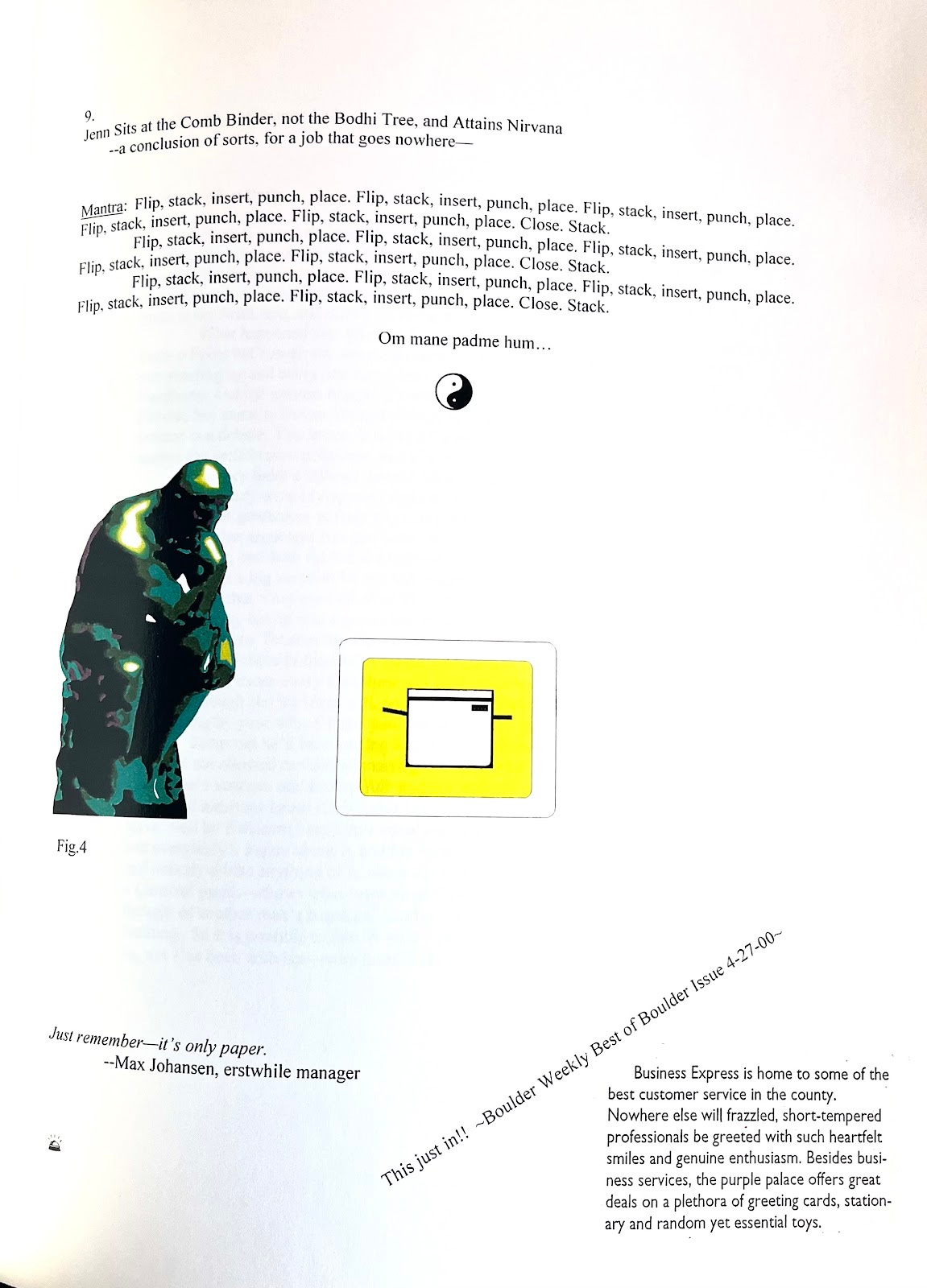4, 4, 4 words in one…
I was having a heck of a time trying to pick out this week’s vocab word, and when that happens, I go to my phone and that Notes app—you know, the one that looks like a yellow legal pad?—and I scroll through a salvage doc that I have on there, whereon I save vocab words I encounter on my interweb travels. None of the cool words I’d saved really appealed to me as far as which one would be fun to expand into a full piece of writing, not even the German word that means ‘taking great pleasure in browsing books.’ Covid and menopause brain fog is real, yo.
Then I noticed I kept coming back to this little comic. I almost ‘well actually’ed it because I had thought that pareidolia only meant seeing human faces in things, whereas it actually refers to a more general pattern recognition. Or invention, more like. And I figured, anything I nearly ‘well actually’ must be sticky in my brain for some reason; why not write to find out how? And hey, this’ll be new—I won’t break up the four little panels, I’ll write about all of them. That way if I lose momentum, I can move on to the next word.
Okay, well, let’s see how well that worked out for me, shall we?
Pareidolia
Like I said before, I had thought this word meant only discovering faces in things. Turns out, it’s actually a more general type of pattern recognition. Humans are very adept at pattern recognition, which is why we have things like poetry, song, storytelling and its motifs, and of course, conspiracy theories. No, really—what else is a conspiracy theory but someone putting things together into a whole that doesn’t exist? Creating meaning in randomness indeed.
Remember that piece called Mosaic that I Mused about? In it, I was puttering around with the ideas of making broken things into something beautiful, by using patterns. Pointillism is like that too: you use a bunch of very small dots or pieces, and the pattern arrangement makes it into something beautiful.
Quotidian
So if you put together a bunch of quotidian bits together into a pareidolian arrangement, do you get something sublime? Or is the sublimity about the mundane itself? Zen practices know about this: it often includes a practice of finding holiness (or transcendence) in the everyday or mundane. You know, ‘chop wood, carry water.’ That concept isn’t just about self-sufficiency, it’s about making the mundane and quotidian chores of everyday life into a contemplative practice.
Part of my first education and training in the Japanese martial arts included some inclusion of Zen and related spiritual practice. This was at the same time I was working in the copy shop, back in the bindery, and when I entered into my MFA program, I wrote about the repetitive work of the bindery and its meditative nature. It was a proto-multimedia piece but it was done back in 2000, and so it was all analog, using my prowess in primitive clipart and paper collage, the final product of course made in the bindery. I only have a paper copy of my MFA thesis and manuscript today, which includes this piece, but check out one of its pages:

Vespertine
Okay okay I see clearly what the real definition of vespertine is, and I definitely resonate with that, too–I mean, I wouldn’t often begin homework till 8pm in college and did just fine. It’s when I’m most creative, which is really about growing up in the theatre world, where the main event is always in the evening and doesn’t let out till after the pub stops serving food. Ahem. I may or may not still be bitter about this, but then again, these days everything's past my bedtime anyway. But that’s not what I think about when I see this word, no, what pops into my head first is:
Isn’t this word a Vesper-tini, the way Bond invents it in Casino Royale? Right? A vespertine? With a citrus twist?
Limned
‘Suffused with light’ is such a beautiful phrase, isn’t it? And the other day we had the opposite: a suffusion of shadow, during the eclipse. What situations make one limned? I picture being in a forest with leaves as a canopy, like the illustration of the word in that comic. But wouldn’t that make you, like, dappled with shadow, not suffused with light?
Musing about this makes me think of another word referencing the play of light and dark: chiaroscuro. How is chiaroscuro different than limned? But again, chiaroscuro refers to both light and dark, interplaying. Whereas limned is about the light only. Can we say then that limned is less balanced than chiaroscuro? And that! That makes me think of the very Zen-like original verse from Earthsea that’s central to the series, a big theme of especially the first book: that embracing one’s darkness is essential to being a complete human. It goes like this:
Only in silence the word
Only in dark the light
Only in dying life
Bright the hawk’s flight on the empty sky
*
It occurs to me that I never thought the comic artist was presenting these four words as connected, but then I wonder why he did one comic with all four. I seem to have found, within my Musings, a couple threads that tie them together, albeit tenuously. The idea of patterns and reading them, of pattern recognition and building a whole out of pieces. Is that what he was going for? And does the order of the words matter in our reading of the comic? I can’t help think (over-think?) of these things—right now I’m teaching an Art Interpretation class in my adjuncting job. Any thoughts? Put them in the comments.




